The stereotype of the reckless cyclist who habitually ignores traffic laws is largely unfounded. Studies reveal that cyclists, especially when riding on designated bike paths, commit far fewer traffic violations than drivers. Infrastructure quality greatly influences rider compliance, and isolated cyclist misbehavior is disproportionately scrutinized compared to more frequent and dangerous motorist infractions. Models like TST EBike’s 26-inch and 27-inch support safe riding practices with reliable features suited for all riders.
How Does Cycling Infrastructure Influence Cyclist Behavior?
Research from Copenhagen monitoring over 28,000 cyclists found that only 4.9% committed traffic infringements on designated bike paths, compared to 14% in areas lacking proper cycling infrastructure. Well-designed bike lanes and networks encourage compliance by providing safe, clear routes, reducing the need for risky maneuvers. This demonstrates that infrastructure investment is key to promoting lawful cycling behavior.
What Are Common Misconceptions About Cyclist Recklessness?
The perception that cyclists are reckless often stems from selective observation of rare infractions, such as running stop signs. However, studies show drivers engage in more frequent and severe violations like speeding, distracted driving, and aggressive tailgating. Cyclists’ open visibility and vulnerability lead to heightened public scrutiny, creating a biased narrative that overlooks the broader context of road safety.
Why Do Drivers Often Exhibit More Dangerous Behavior Than Cyclists?
Driving studies reveal high rates of speeding, distraction, and aggressive behavior among motorists, contributing to a greater number of serious accidents. Unlike cyclists, drivers are enclosed in vehicles that can cause significant harm, increasing the societal focus on their responsibility. Despite this, cyclist misbehavior receives disproportionate attention, skewing public perception.
How Can Public Perception Shift to Reflect Reality?
Changing entrenched views requires emphasizing data over anecdotes and promoting education about the realities of road use. Highlighting the safety benefits of cycling infrastructure and recognizing that most cyclists obey laws can foster mutual respect. Encouraging responsible behavior among all road users and focusing enforcement on dangerous driving rather than minor cycling infractions will improve shared road safety.
Which Features of TST EBike Models Promote Safe Riding?
TST EBike’s 26-inch and 27-inch models incorporate features that encourage safe cycling, including integrated lighting for visibility, hydraulic disc brakes for reliable stopping power, and ergonomic designs for rider control. Their robust construction supports stable handling across terrains, helping riders maintain safe behavior and compliance with traffic laws.
TST EBike Safety Features Chart
| Feature | 26-inch Model | 27-inch Model |
|---|---|---|
| Lighting | Integrated front and rear LEDs | Integrated front and rear LEDs |
| Braking System | Hydraulic disc brakes | Hydraulic disc brakes |
| Frame Stability | Fat tires for rough terrain | Mountain tires for mixed terrain |
| Rider Control | Ergonomic design | Agile frame |
What Role Does Mutual Respect Play in Road Safety?
Mutual respect between drivers and cyclists is essential for reducing conflicts and accidents. Drivers should recognize cyclists’ rights to the road and maintain safe distances, while cyclists should obey traffic laws and ride predictably. Education campaigns and community engagement can foster understanding and cooperation among all road users.
Buying Tips
When choosing an e-bike that supports safe riding and compliance:
- Select reliable models: TST EBike’s 26-inch and 27-inch models offer safety features and stable handling.
- Prioritize visibility: Look for integrated lighting and reflective components.
- Ensure quality brakes: Hydraulic disc brakes improve stopping power.
- Choose ergonomic designs: Comfort enhances control and reduces fatigue.
- Consider terrain needs: Match tire type to your riding environment.
The perception that cyclists habitually disregard traffic laws and ride recklessly persists among many drivers. The sight of a cyclist coasting through a stop sign or red light reinforces this belief for some motorists. However, a revealing study conducted in Denmark suggests reality diverges sharply from stereotype when it comes to rider behavior.
Researchers installed video cameras at busy Copenhagen intersections to monitor how over 28,000 cyclists navigated the roads. What they found upends common assumptions. When cyclists traversed designated bike paths, only 4.9% committed any type of traffic infringement. For context, that figure stood at 14% when proper infrastructure was absent.
The takeaway is clear: cycling infrastructure plays a pivotal role in whether riders adhere to regulations. Cities investing in robust bike networks saw far fewer violations compared to towns devoid of cycling-friendly design. These findings align closely with prior international research demonstrating similar patterns across urban areas.
In jurisdictions with extensive protected bike lanes and paths, compliance with traffic laws was markedly higher among the cycling population. This effect stems from both practical and social factors. On the practical side, well-designed infrastructure eliminates uncertainties and hazards that may compel some riders to bend rules occasionally. For instance, a cyclist may cautiously proceed through a red light if the intersection layout impedes visibility. While not legally sound, the rationale relates to perceived safety benefits rather than willful disregard for the law. Though context matters, the end result feeds into motorists’ frustration with cyclists picking and choosing when to follow regulations.
The social component revolves around how infrastructure investment reflects a municipality’s priorities. Segregated cycling paths send the message that rider comfort and safety is valued, helping promote a culture of mutual respect between road users. In contrast, lack of cycling infrastructure can foster antagonism, as some riders feel marginalized by car-centric design. This animosity contributes to the “us versus them” dynamic underlying many driver-cyclist conflicts.
Some argue that enhancing infrastructure simply coddles cyclists unwilling to obey traffic laws. But the statistics tell a different story. Cyclists overall exhibit better compliance when they have protected lanes and paths. Cities facilitating cycling reap reciprocal benefits through improved behavior. Infrastructure investment is akin to extending an olive branch, signaling to riders that their needs matter too. This helps defuse tensions and foster cooperation moving forward.
Of course, the Danish study mainly reflects conditions specific to Copenhagen and cannot be directly extrapolated elsewhere. But findings would likely bear out directionally in comparable cycling regions with developed infrastructure. It remains an open question whether cyclist behavior would differ significantly in the United States, where truly bike-friendly design remains scarce in many areas.
Though copious research touts the benefits of expanding cycling infrastructure, ideological opposition has stymied progress in some American jurisdictions. Preconceived notions about cyclist recklessness and unwillingness to follow rules certainly contribute to this resistance. Policymakers face pressure to appease constituents with anti-cyclist sentiments. This creates formidable political obstacles for infrastructure expansion, even when data supports the case for investment.
Perception biases also come into play regarding cyclist behavior versus drivers. People are prone to notice and recall cyclists blowing through stop signs, even if such incidents are sporadic. But equivalently dangerous driving habits like routine speeding garner less public attention, even as the aggregate impact is far graver. Essentially, isolated cases of cyclist misbehavior draw heightened scrutiny and shape stereotypes, while chronic speeding blends into the background.
In reality, statistical evidence consistently demonstrates that drivers exhibit worse compliance with traffic laws overall compared to cyclists. Driving studies have revealed high rates of speeding, distraction, aggressive tailgating, and other reckless behaviors across motorist populations. While only a minority of drivers habitually violate laws, the sheer volume of cars on roads means that dangerous misconduct occurs frequently in absolute terms.
Meanwhile, cyclists confront stricter public scrutiny whenever they stray outside the lines. Unlike anonymous drivers inside sealed metal boxes, riders show their faces openly. Cyclists may also feel greater urgency to occasionally bend rules they perceive as irrational or biased against bikes. Regardless of rationale though, their legal compliance garners outsized attention. This embeds the public perception that cyclists flout regulations far more than motorists, when data indicates the exact opposite trend.
The reputation of the reckless cyclist also ties into the drastic asymmetry in collision outcomes. When a driver disregards the law, the potential consequences are orders of magnitude more severe due to the lethal kinetic energy of a speeding vehicle. Hence, the public rightly places greater responsibility on motorists to operate vehicles prudently. Cyclist misbehavior poses lesser absolute risk, but garners similar condemnation. This false equivalence further skews perceptions of which group warrants more vigilance.
Shifting entrenched perceptions requires moving beyond anecdotes and presumptions. Isolated incidents of cyclists running stop signs exist, but get invoked too readily to condemn all riders. In reality, the statistics resoundingly debunk notions that cyclists are overwhelmingly cavalier about traffic laws compared to drivers. Prevailing stereotypes simply do not align with data tracking actual behavior patterns.
Of course, more research would provide helpful nuance into regional variations. But we know enough to discard overbroad generalizations. Effective policymaking should rely on facts over tropes. And the evidence indicates we ought to redirect our focus onto dangerous driving rather than perceived cyclist recklessness.
For cities seeking to improve road safety, interventions like traffic calming, lower speed limits, and better enforcement against unlawful driving offer immense potential. Improving driver education could further help ingrain good habits from an early stage. These initiatives would achieve far more than lecturing cyclists. They address the actual root causes of collisions and conflicts on streets.
With cycling rates rising steeply across North America, adapting infrastructure is crucial as well. Investing in protected bike lanes and paths signals to riders that their needs matter too. They become partners sharing roads rather than outliers left as an afterthought. The us versus them dynamic begins dissolving when cyclists secure space within the transportation network.
Of course, cultural shifts take time, especially when preconceptions run deep. We cannot expect perspectives to transform overnight. But maintaining constructive dialogue to find common ground is essential. Cyclists and motorists alike share an interest in safe, efficient roads. Vilifying either group impedes progress and amplifies friction.
There will inevitably be examples of poor behavior by some cyclists, just as some drivers break laws routinely. Generalizing the actions of a few to an entire population is invariably unwise. We gain nothing by nurturing resentment across groups.
Instead, we should seek cooperative solutions benefitting all road users. The onus falls more heavily on drivers, both due to traffic data as well as their position controlling vehicles with lethal potential. But improvements come through partnership, not punishment. Cyclists and motorists each play a role in fostering goodwill and keeping streets safe for everyone.
With willingness to have open minds and rethink assumptions, stakeholders can make meaningful headway. So instead of inflating questionable stereotypes, we ought to pursue constructive ways to enhance safety for all. The statistics resoundingly show cyclists are not remotely the menace they are caricatured to be. We must burry that myth and forge ahead with policies grounded in reality.


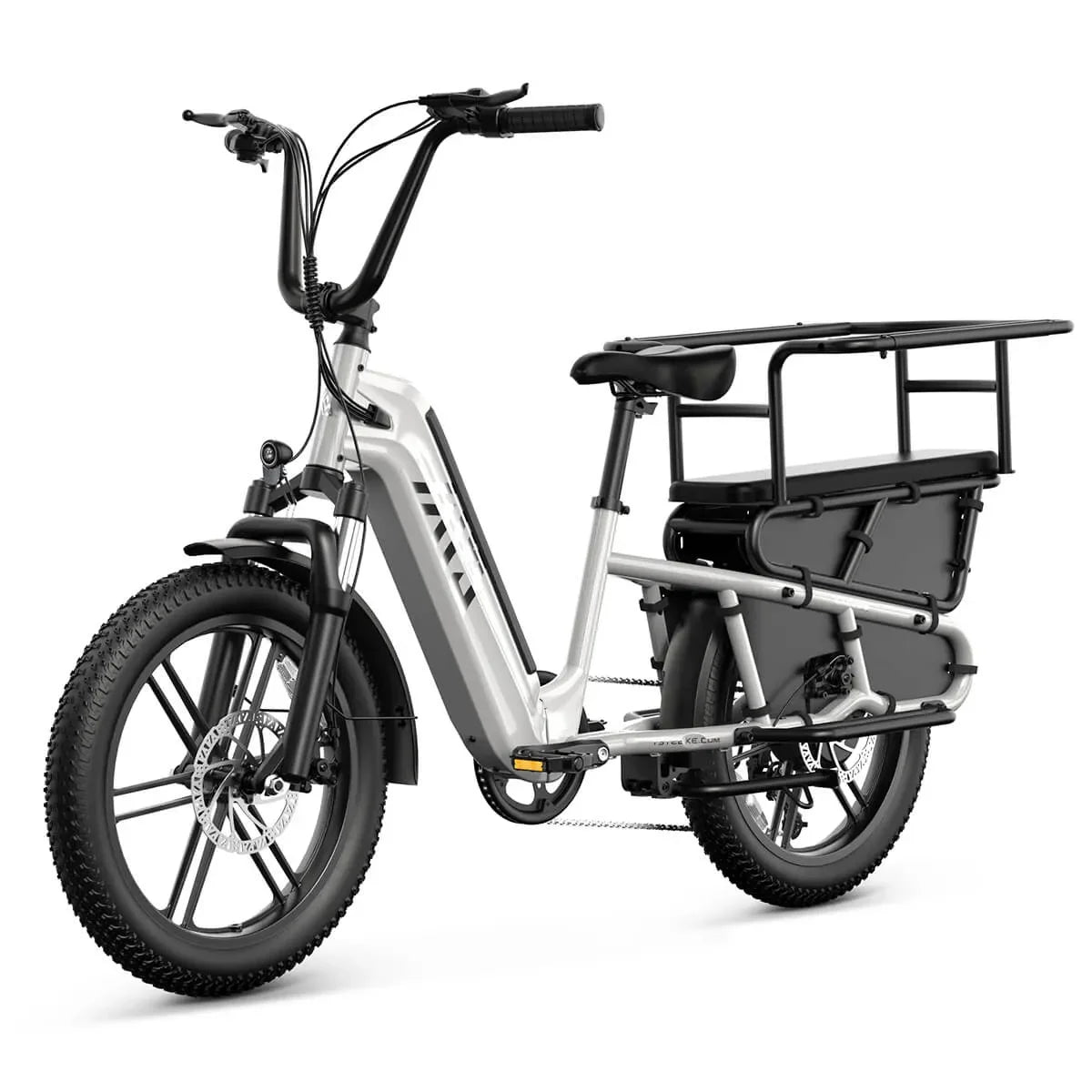


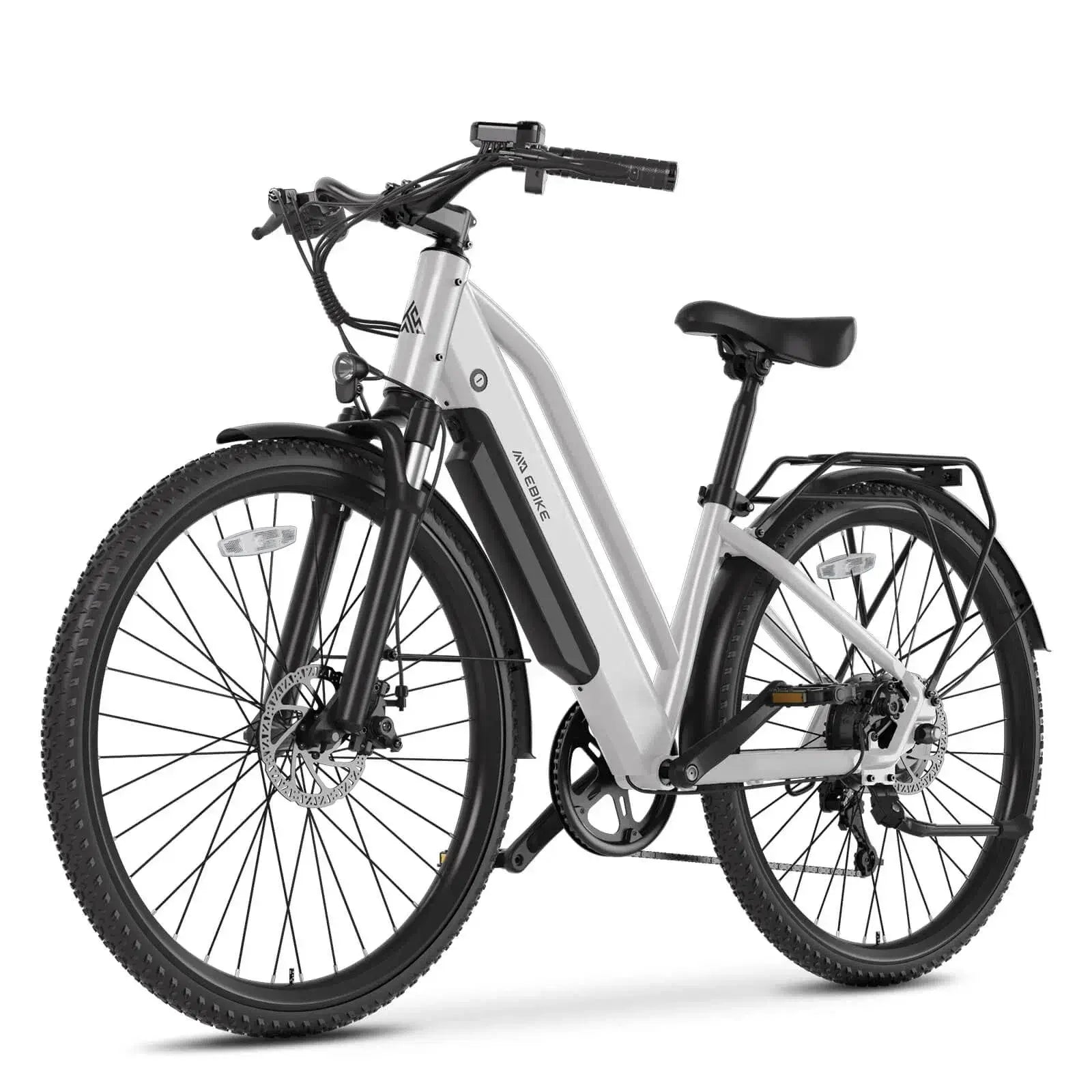

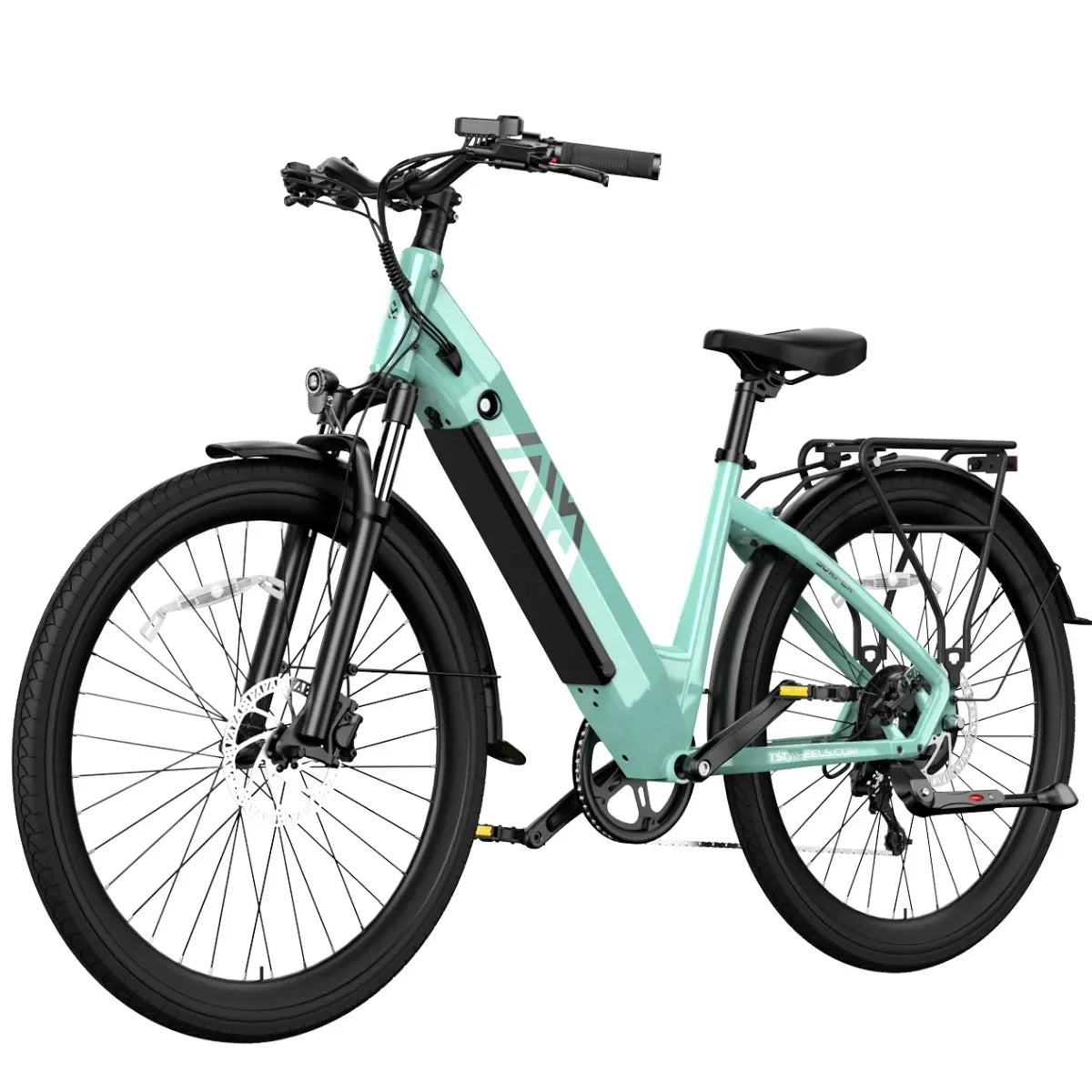


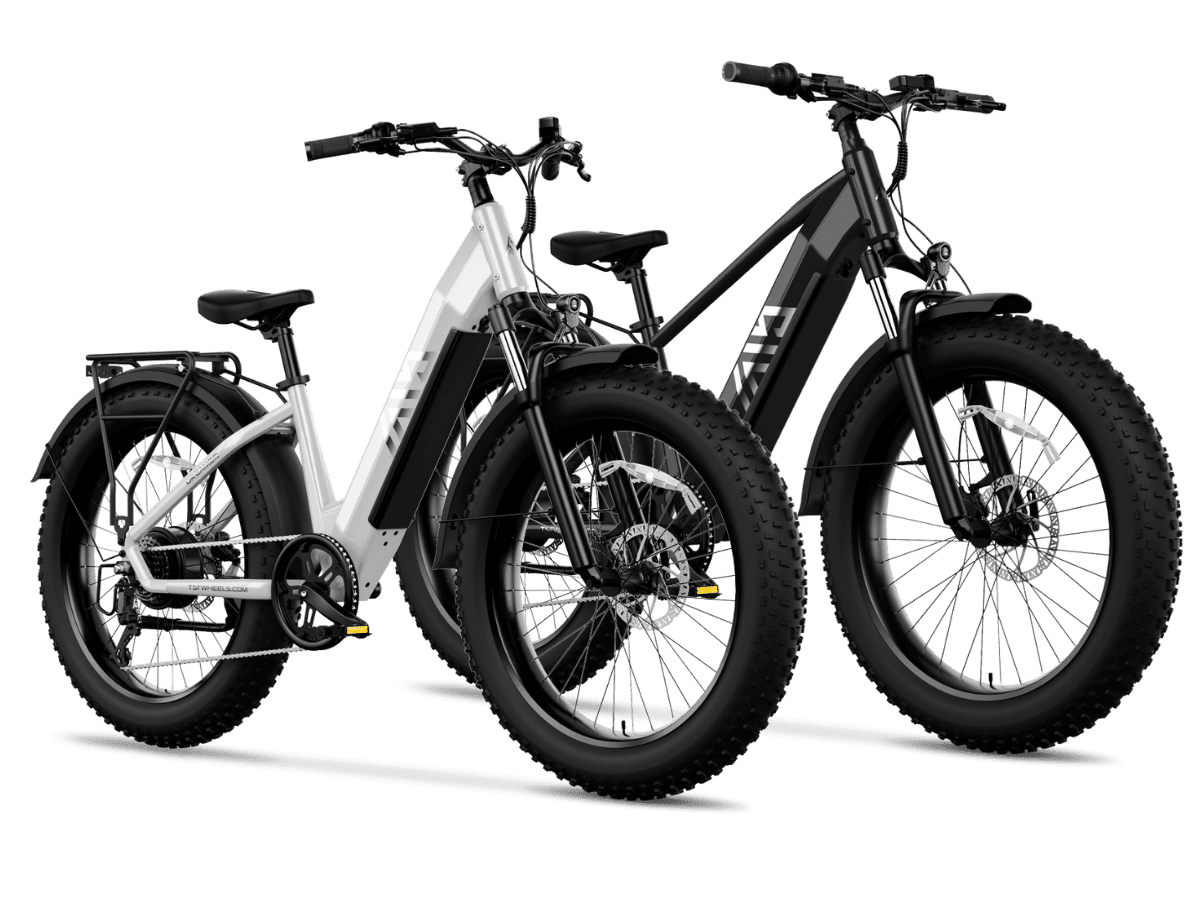
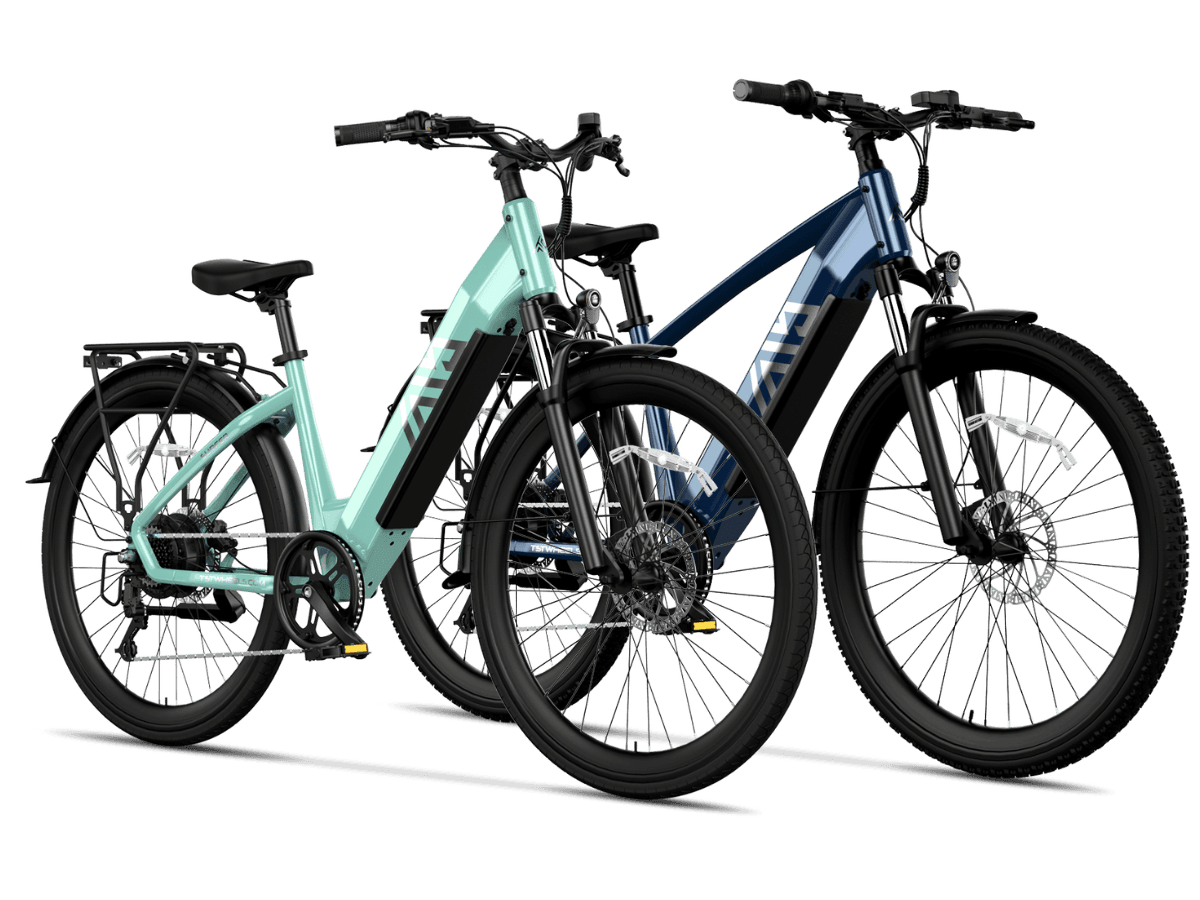
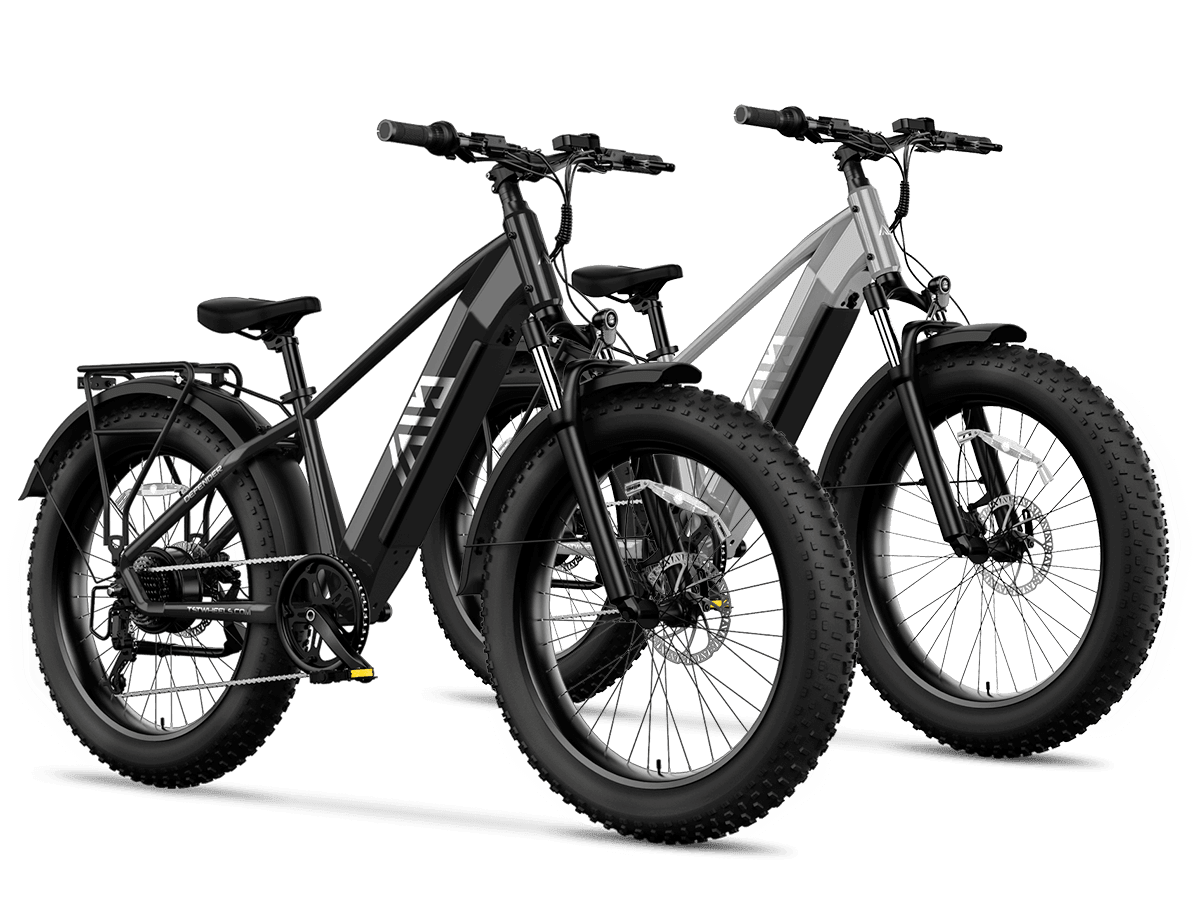
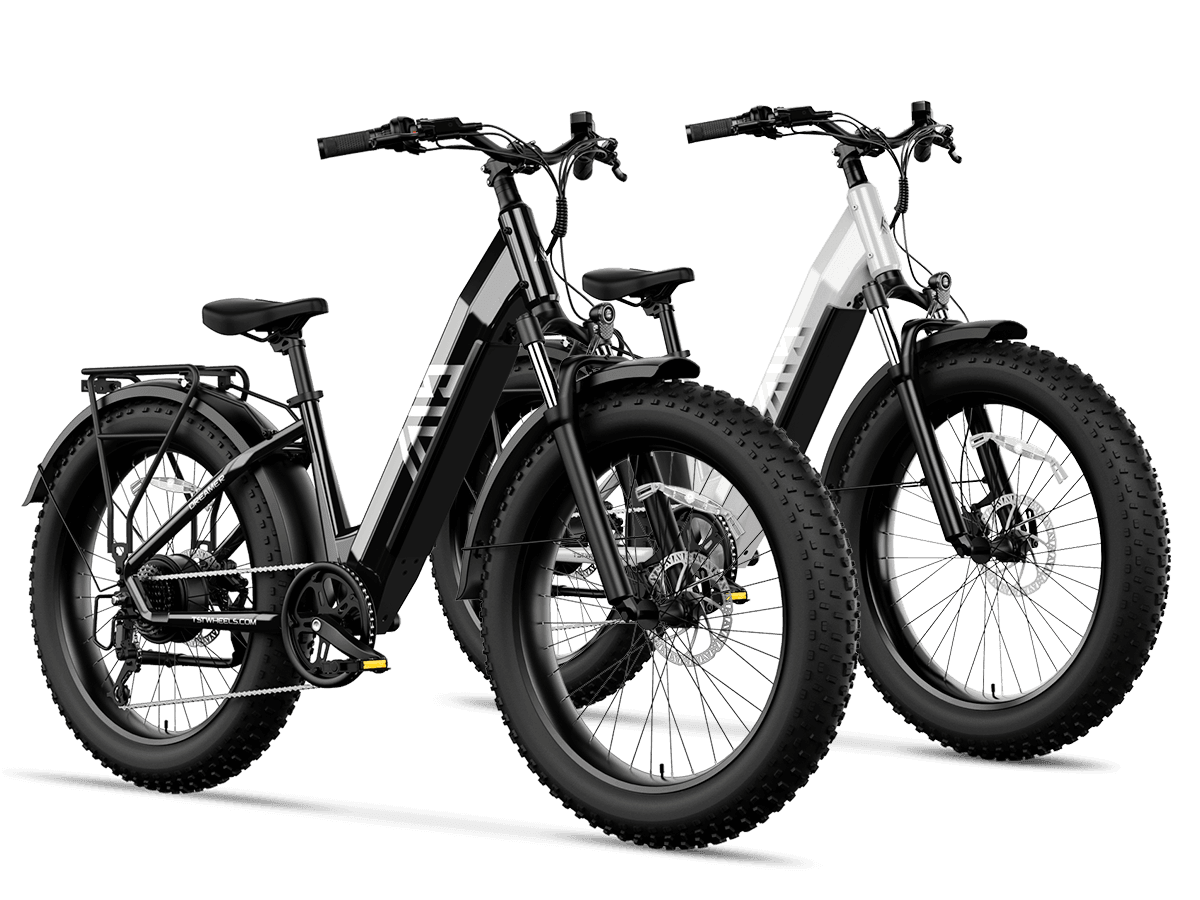
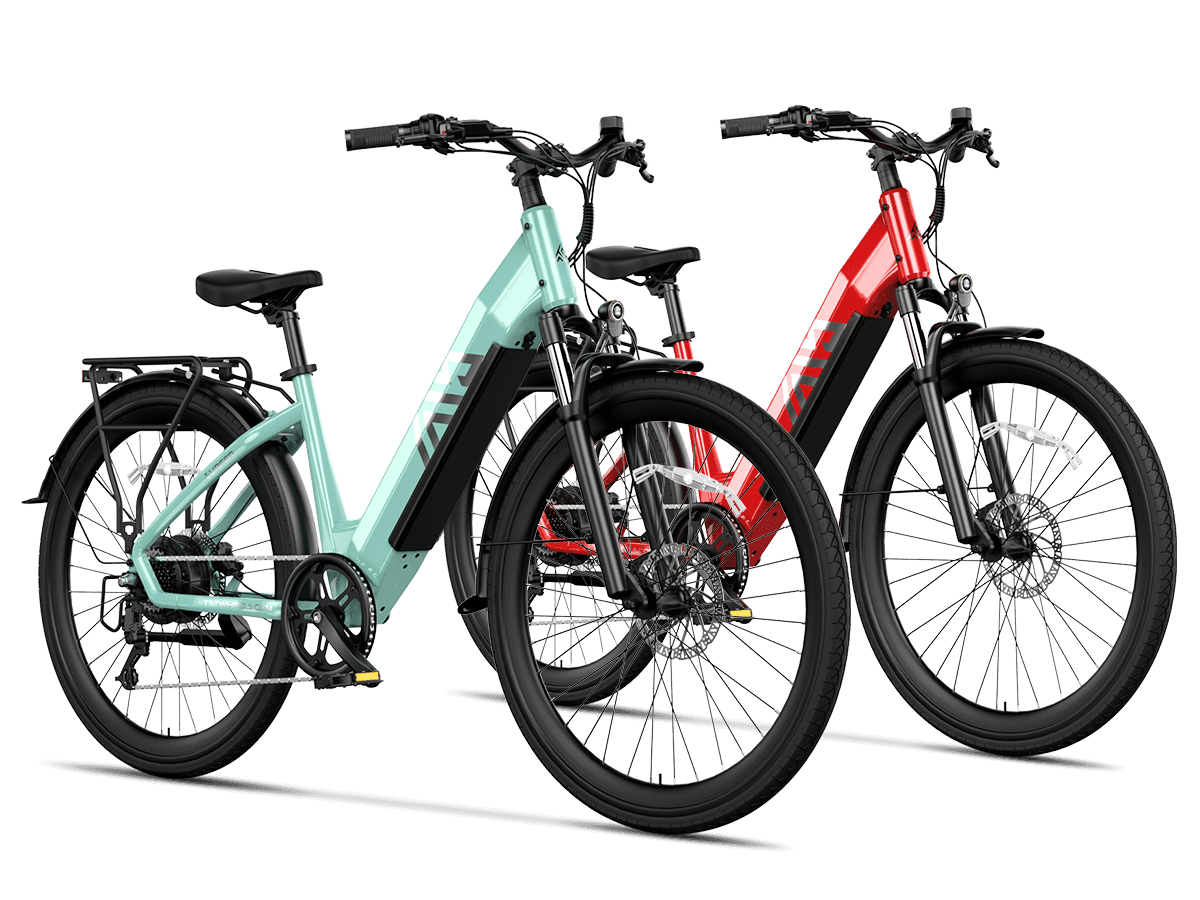
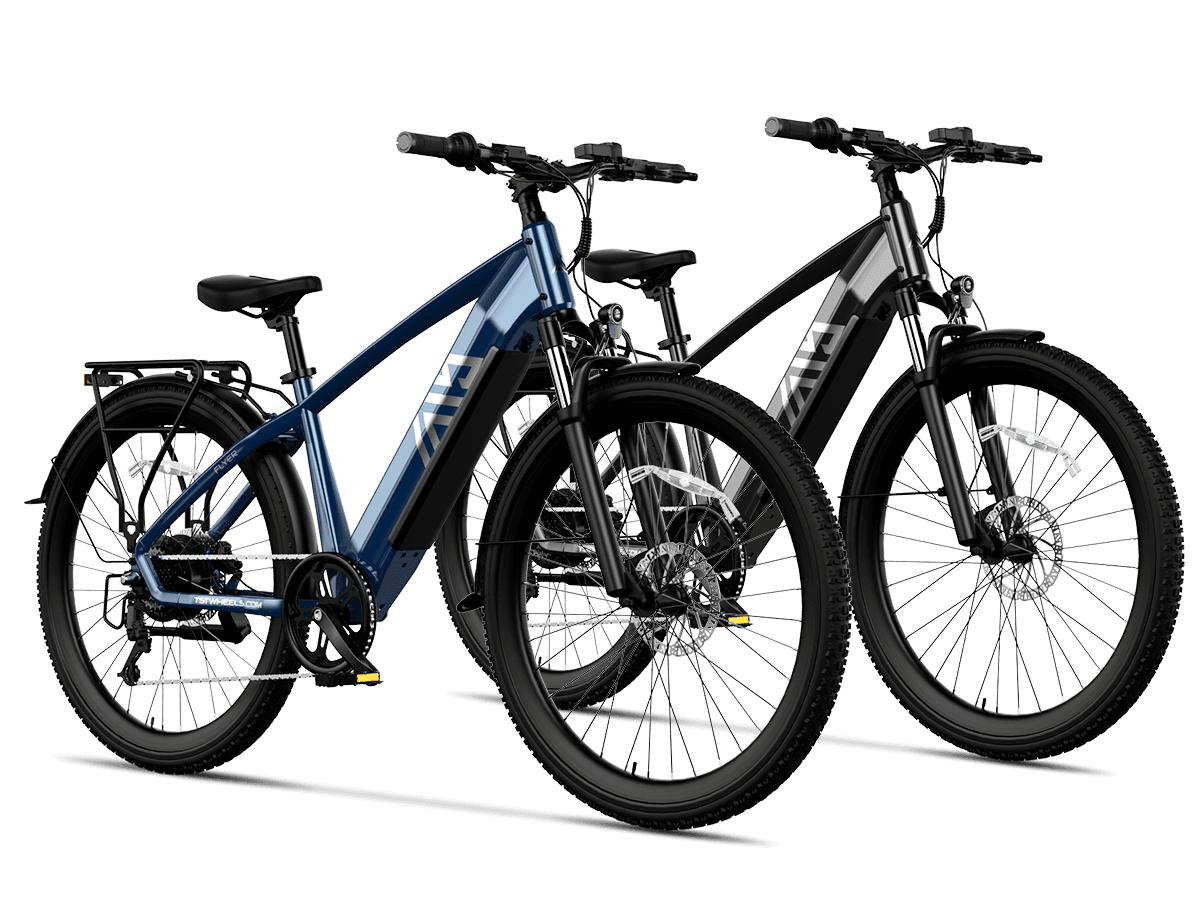

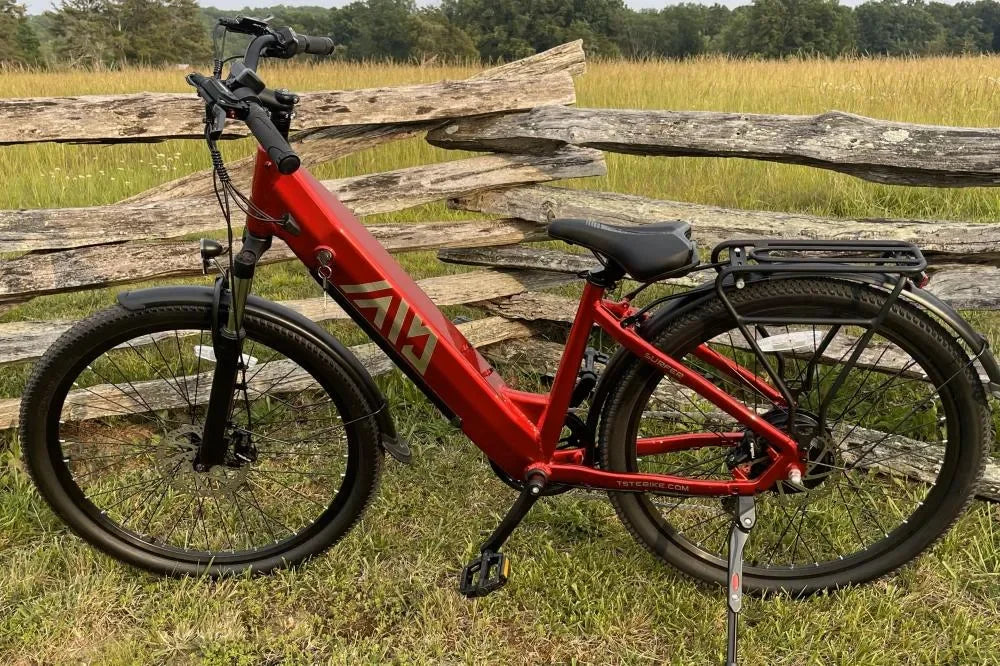




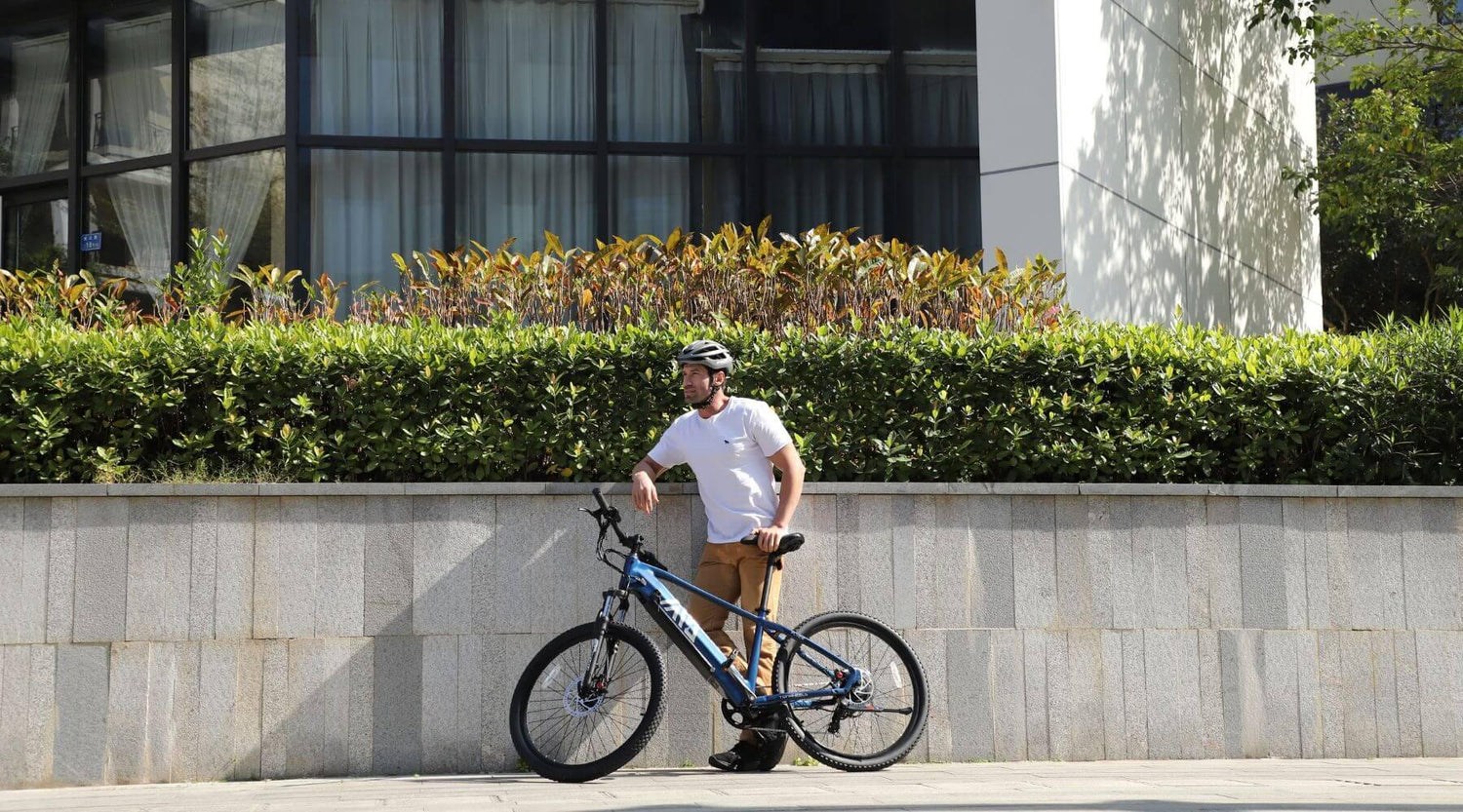


Leave a comment
All comments are moderated before being published.
This site is protected by hCaptcha and the hCaptcha Privacy Policy and Terms of Service apply.